Travelling to Antarctica is a unique experience due to the challenges posed by its distance, climate, and cost. For many, it is a once-in-a-lifetime journey. When I decided to visit this region, there were many uncertainties. My main motivation was to witness the penguin colonies in South Georgia, which led me to choose the Quark Expeditions tour and their World Explorer ship. It is important to note that every expedition is subject to unpredictable weather conditions. Therefore, I would like to share my personal experience and review of the South Georgia and Antarctic Peninsula: Penguin Safari trip offered by Quark Expeditions, to provide a better understanding of what to expect during your Antarctica adventure. Still, your tour might differ from mine a lot.
Day 1. Arrival to Ushuaia
Upon arrival in Ushuaia, I stayed at the Albatros hotel as it was included in the price of the trip. Unfortunately, my experience at the Albatros Hotel was not particularly impressive. The room itself was average, but it appeared that the hotel heavily relied on Antarctic expedition ships for guaranteed occupancy, leading to a lack of focus on providing a good breakfast or reliable Wi-Fi connection. Since I did not choose this hotel myself, I would not recommend it for early arrivals. However, I did appreciate the opportunity to attend a pre-expedition meeting, where I was offered a tour of the Tierra del Fuego National Park for an additional fee of $40, which was not an issue.
Day 2. Morning tour and embarking on a ship
You are required to check out of the hotel at 10 a.m., so the tour to Tierra del Fuego National Park was convenient because it allowed us to spend the morning nicely before embarking on the ship in the late afternoon. However, I was surprised that we had to take buses to board the ship, even though the distance was short. They explained this was for security reasons. During the boarding process, you have to scan your luggage and have your picture taken. It is important to note that alcoholic beverages are not allowed to bring on the ship. You receive a personal ship card that you will use throughout the journey. Afterwards, you are invited to enjoy a welcome drink before checking into your cabin. I had a comfortable veranda cabin, which was spacious enough and had a nice bathroom with L'occitane toiletries. 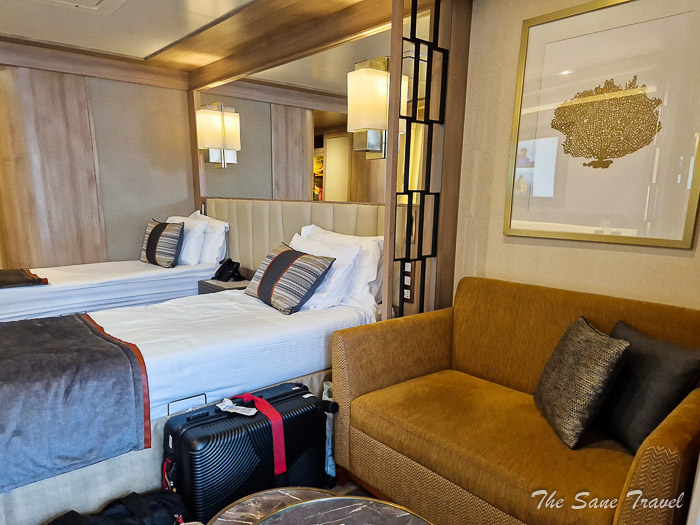
Day 3, 4, 5. Heading to South Georgia
We were heading towards South Georgia, and although the ship is fairly speedy, cruising at around 20 kilometres per hour, the distance of slightly over 2000 kilometres still requires considerable time.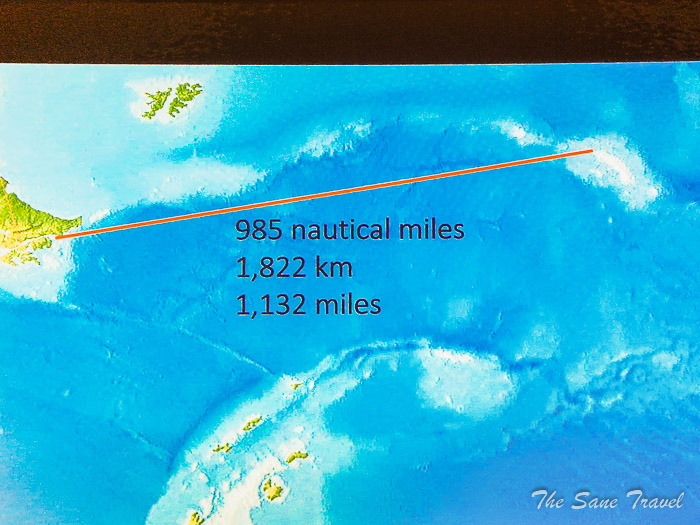
Day 6. Arrival to South Georgia and two landings
Grytviken, located in King Edward Cove at the head of Cumberland Bay, was established in 1904 by Carl Anton Larsen as the first permanent whaling station in South Georgia. Initially, the abundance of humpback whales in the bay allowed the whalers to fulfil their catch without venturing further. Over the years, more than 54,000 whales were processed at Grytviken until the whaling operations ceased in 1964 and the station was abandoned. Despite this, visitors can still gain insight into the early days of the Southern Ocean whale industry during their visit to Grytviken. The historic site also houses the original church, resident cemetery, and the South Georgia Museum, which was added in 1992.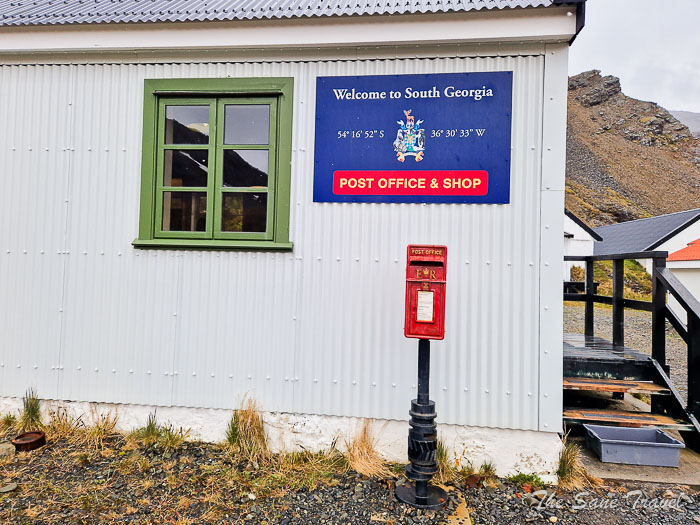
On the same day, another landing took place at the nearby Stromness Harbour, providing an opportunity for visitors to embark on a scenic hike to a waterfall or leisurely explore the surroundings, potentially catching glimpses of fur seals and king penguins.
Day 7. Hercules Bay and St. Andrews Bay
Due to the avian flu restrictions, we were only able to have zodiac cruises in the morning and afternoon without any landings, which was quite disappointing for me. Our first cruise took us to Hercules Bay, a beautiful protected bay known for its Macaroni Penguins who emerge from the sea and make their way up the rocky cliffs to their colony on the tussock covered slope overlooking the bay. The high cliffs also provide a suitable habitat for various other bird species that breed in the area, such as gulls, Terns, and Light-Mantled Albatross. As it is a fjord, there was no opportunity for us to land due to the sheer cliffs along the coastline. Therefore, the best way to experience Hercules Bay is through a zodiac cruise, where we can enjoy the breathtaking sights.
On the other hand, St. Andrews Bay is regarded as one of the top landing spots in South Georgia. Still, we had not landed there because of the restrictions. It boasts a magnificent beach with stunning mountains in the background. And what makes it even more remarkable is that it is home to the largest king penguin colony in the world.
Day 8. Gold Harbour and Cooper Bay
No landings of this day as well. In the morning, a zodiac cruise was made to Gold Harbour, which is known for its breathtaking scenery. This location in South Georgia boasts a beach teeming with king penguins and elephant seals, all enclosed by magnificent cliffs and suspended glaciers.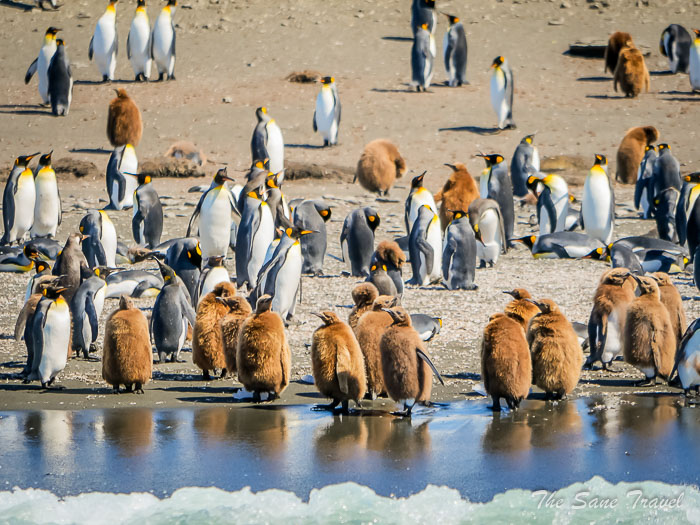
Days 9 and 10. Heading to Antarctica
We embarked on a journey to Antarctica where our schedule was occupied by a series of informative talks covering diverse subjects such as Antarctica's seal population, the art of mobile phone photography, the behaviour of penguins, geological discussions, and more.
Day 11. Chasing the largest iceberg
We spent a day searching for the largest iceberg in the world at the time, A23a. The weather was quite gloomy and the iceberg appeared to be a long, flat piece of ice, leaving me unimpressed. Hopefully, your trip will not encounter a similar day. Icebergs are formed when large chunks of freshwater ice break off from Antarctic ice shelves or glaciers and float into the Southern Ocean. To be classified as an iceberg, the ice must protrude at least five meters above sea level, have a thickness ranging from 30 to 50 meters, and cover an area of at least 500 square meters. The US National Ice Centre is responsible for naming and tracking all icebergs. The names of icebergs are determined by the Antarctic quadrant in which they were first sighted, specifically A, B, C, or D. They are then assigned a number based on the order of their discovery. For example, the first iceberg to calve in the Amundsen/Eastern Ross Sea would be named B-1. If that iceberg were to break into smaller pieces, each piece would be given a letter at the end of its name. So, if iceberg B-1 split into two parts, they would be called B-1A and B-1B, and so on.
Day 12. Kinnes Cove and Brown Bluff
In the morning we had a zodiac cruise at Kinnes Cove at Joinville Island, Antarctica. Members of the Dundee whaling expedition stumbled upon Kinnes Cove in the late 19th century and decided to name it after their backer, Robert Kinnes. 
The afternoon Zodiac cruise and landing at Brown Bluff offer an opportunity to visit a unique location. Brown Bluff is a volcanic formation that is millions of years old and is named for its distinctive brown and black slopes. It is classified as a tuya, which is a type of volcano that erupts from within a glacier. This type of formation is quite rare worldwide. Brown Bluff features a pebble beach where visitors can observe Adelie penguins as they journey to the sea. 
Jumping into the ocean in Antarctica while dressed in swimming gear has become unexpectedly popular. Initially, this activity was carried out by scientists stationed at research bases, mainly during Midwinter or Christmas. However, it has now gained popularity throughout the continent, with short-term visitors during the summer also wanting to partake in the experience. Typically, individuals are tethered to a rope before taking the plunge into the sea. Sometimes, they might even engage in a brief swim towards a nearby boat in the open water.
Day 13. Aitcho Islands
During the morning, we engaged in a Zodiac cruise and landed at Aitcho Islands. The islands acquired their peculiar name from the Hydrographic Office of the UK Admiralty, which surveyed and mapped them in 1935. Presently, the islands are primarily inhabited by Gentoo and chinstrap penguins. 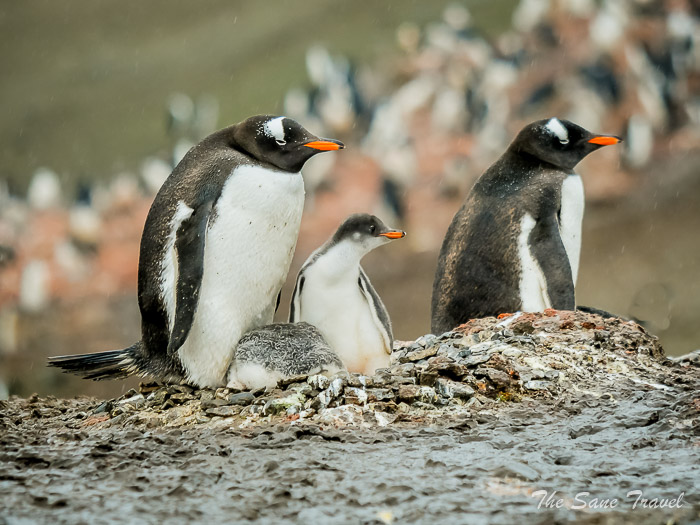
Day 14 and 15. Crossing the Drake Passage
In these two days, the main focus was on returning to Ushuaia via the Drake Passage. The Drake Passage has gained notoriety for its frequently rough waters throughout history. This used to pose a significant risk for wooden sailing vessels. Nevertheless, the situation has evolved thanks to the advancements in shipbuilding and technology. The implementation of sonar and sophisticated navigation systems has greatly facilitated the journey, making it more feasible for travellers.
Day 16. Disembarking in Ushuaia
In the morning, we arrived at Ushuaia and had breakfast before disembarking. This was the time for passengers to choose whether they wanted to take the bus to the airport, store their luggage, or simply go on their own.
What is Zodiac Cruises about
The ship is capable of navigating through the icy waters, but for a more intimate experience, Zodiac cruises are used. These inflatable boats are ideal for exploring Antarctica, offering a unique perspective. Zodiac is a well-known brand that is often used to refer to this type of boat. Established in the early 1900s as a leader in French aviation technology, Zodiac was the first company to produce durable and functional inflatable boats. These robust inflatable vessels were specifically designed for expedition work and are extremely safe. They are considered reliable workhorses of Polar expeditions, as their separate air compartments provide a significant reserve of buoyancy even if the boats sustain damage.
Service on the ship
Without delving into excessive particulars, the crew members were exceptional. The individual responsible for maintaining my cabin consistently displayed courtesy, ensuring that my room was promptly tidied up each time I briefly stepped out. The wait staff in the dining area consistently exhibited politeness and friendliness. The quality of the meals, particularly during dinner, surpassed my expectations. Furthermore, the buffet lunch and breakfast were satisfactory. Overall, every aspect of the dining experience exceeded what I had anticipated.
Final thoughts
Since this trip was the most expensive one I have ever taken, I had high expectations given the amount of money I paid. In my previous travels, if I missed something or wasn't satisfied, I always had the option to revisit those places. Unfortunately, that doesn't seem to be the case this time. However, I lacked sufficient information and experience to ensure that everything would go perfectly on the first try. Additionally, I can't compare this trip to others since it was my only one. Overall, I am satisfied with my experience, although I regret not being able to land in South Georgia more frequently and not having an extra day to explore Antarctica in greater depth.
Like it? Pin it!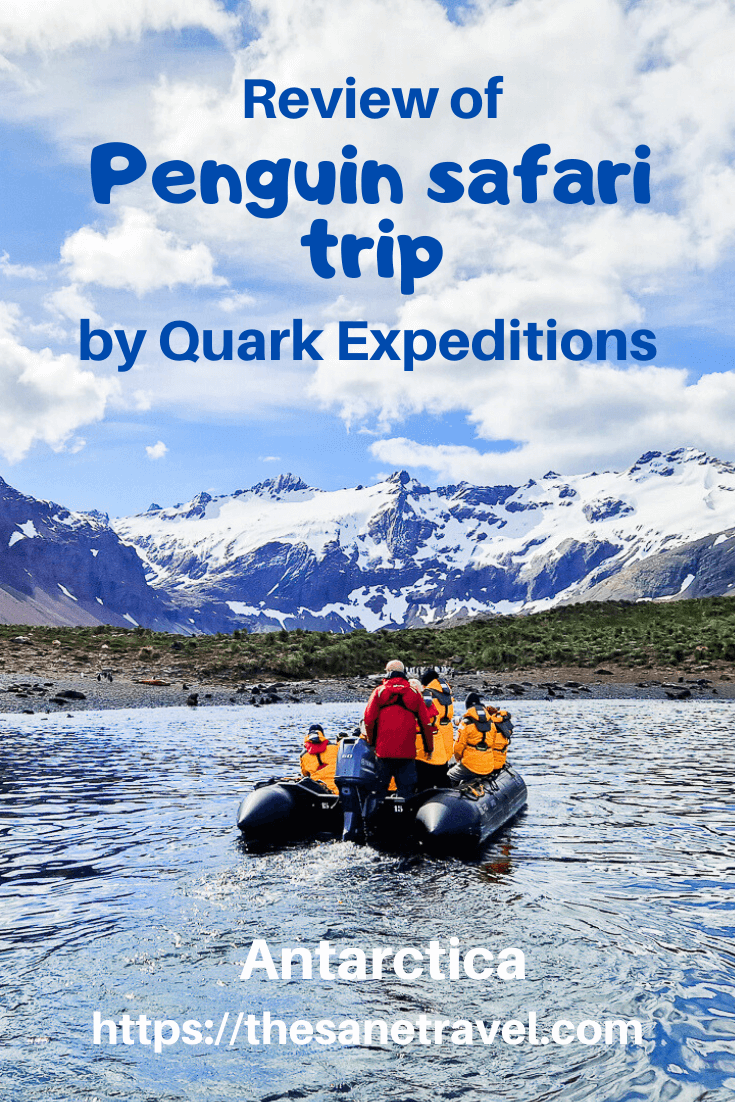
What did you think? Have you been to Antarctica? I would love to hear from you, so please add your comment below.
Author: Anita Sane

About the author
Anita is a part-time traveller, passionate photographer and a retired career woman from Latvia, travelling mostly solo for more than 15 years. She is a skilled travel planner who plans and executes her travels by herself. Anita wants to show you how to travel the world and open your mind to new experiences. Follow her on Facebook, Instagram, Pinterest, Twitter and Bloglovin.

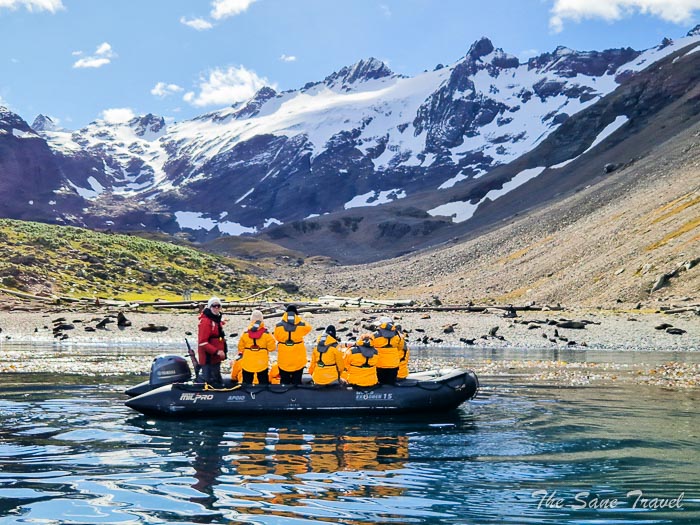
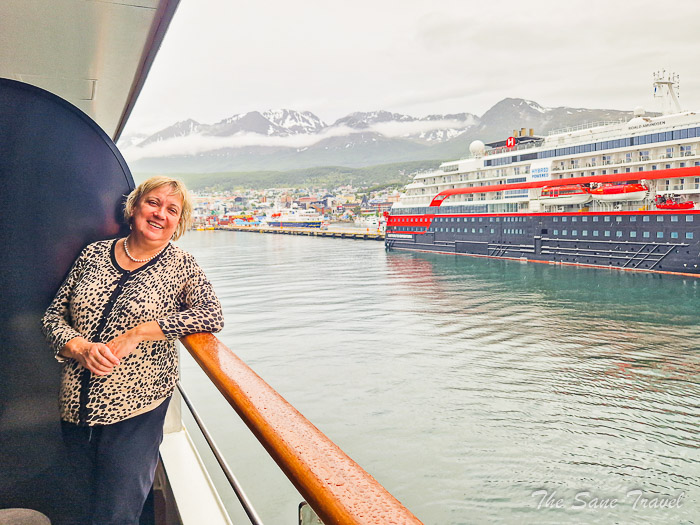
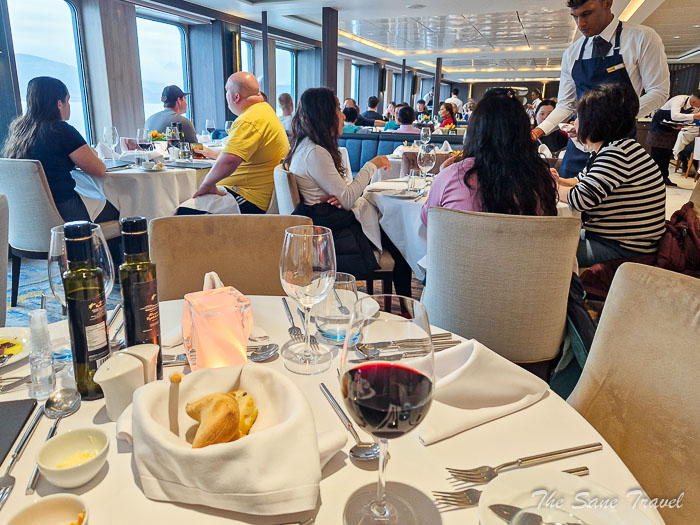
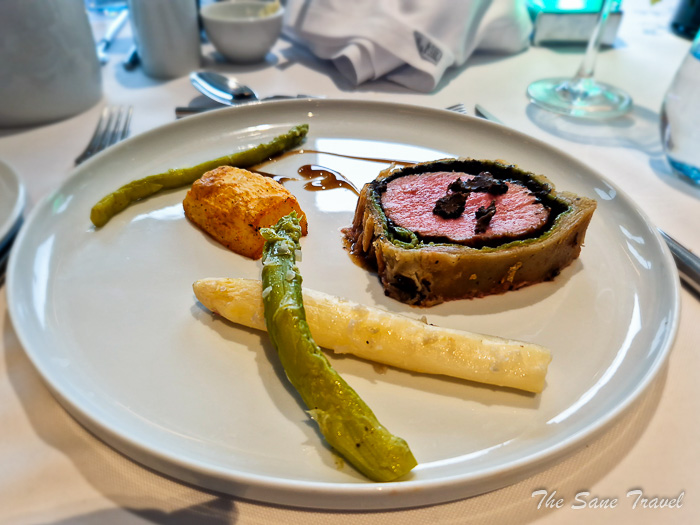
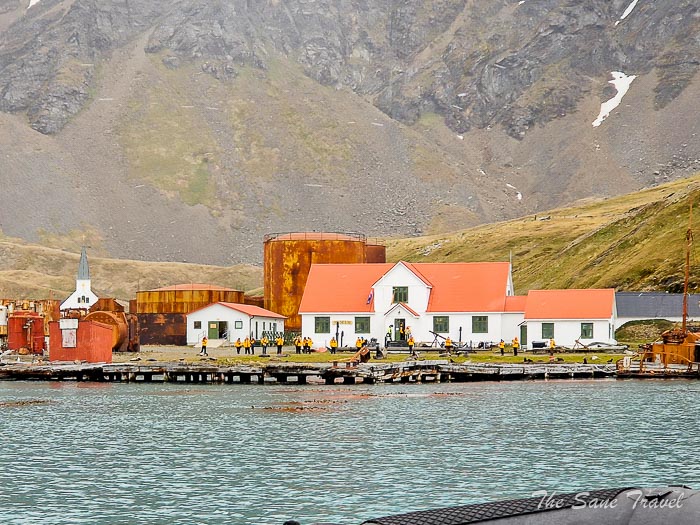

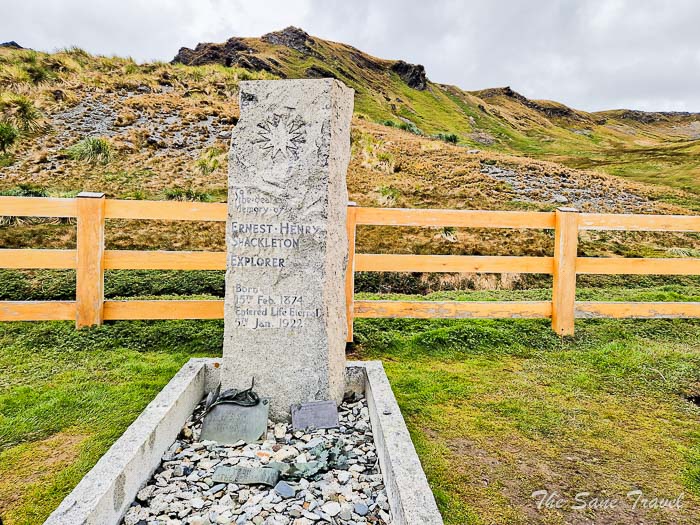
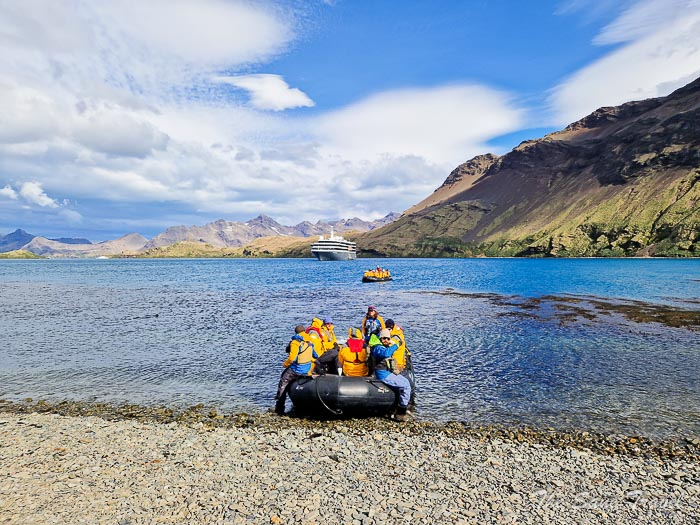
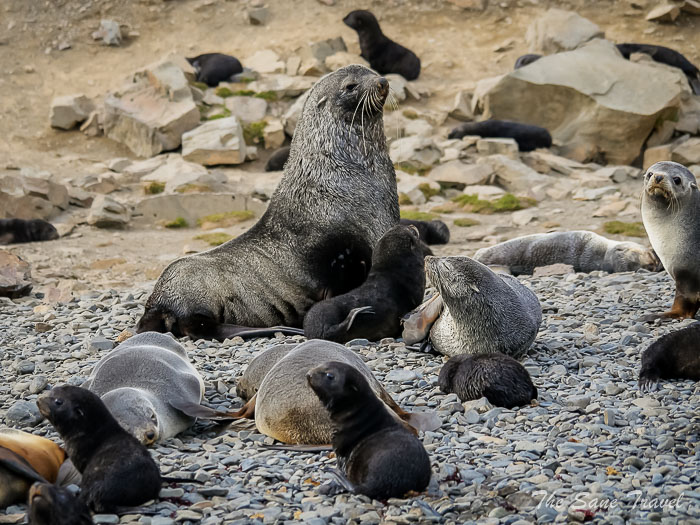
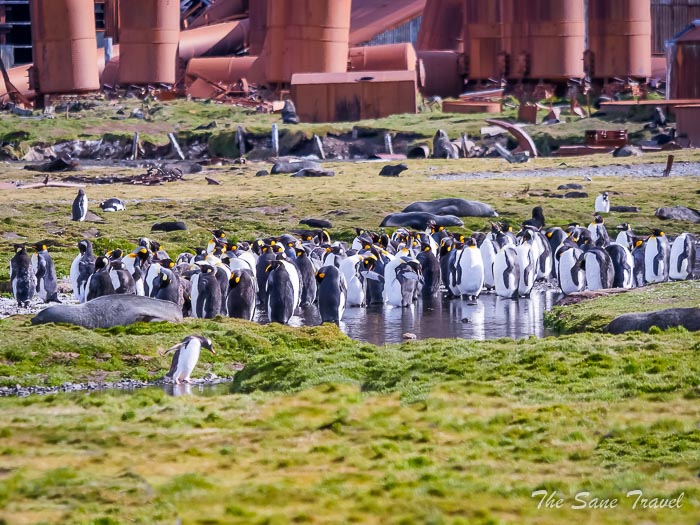
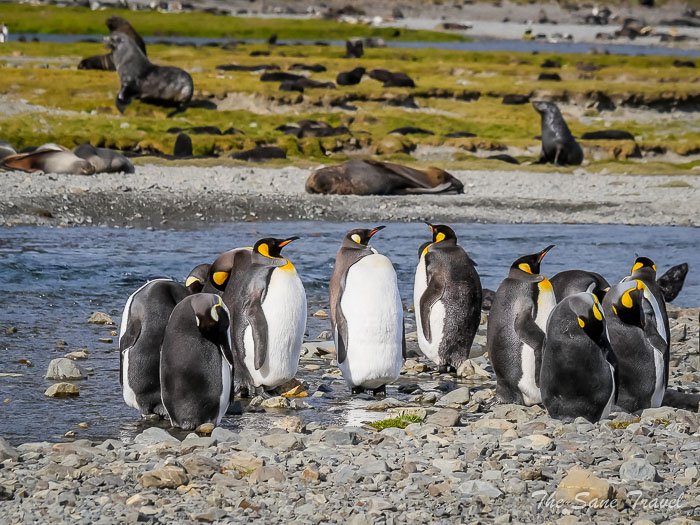
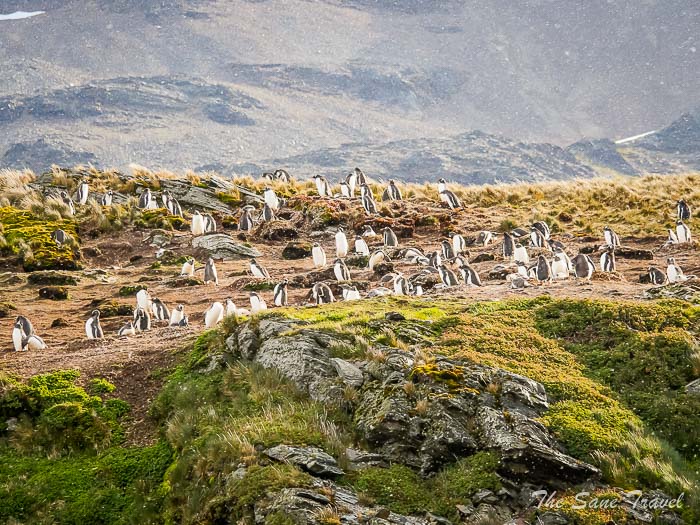
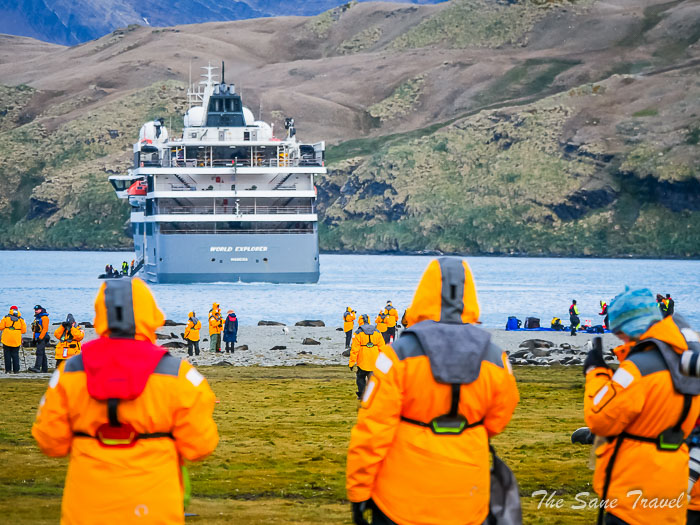
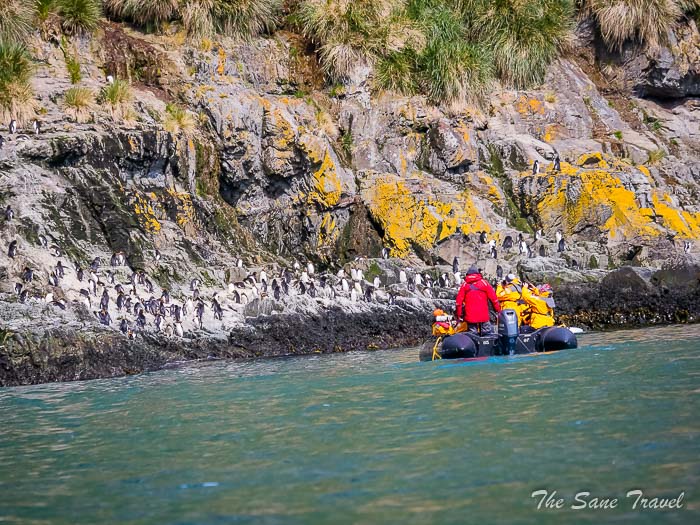
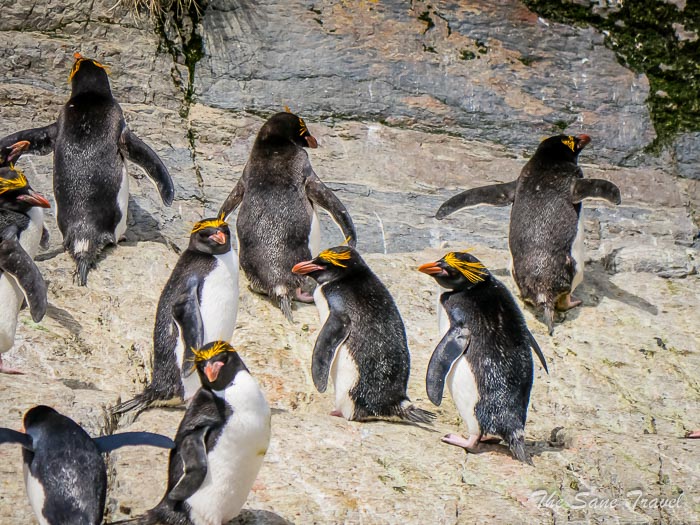
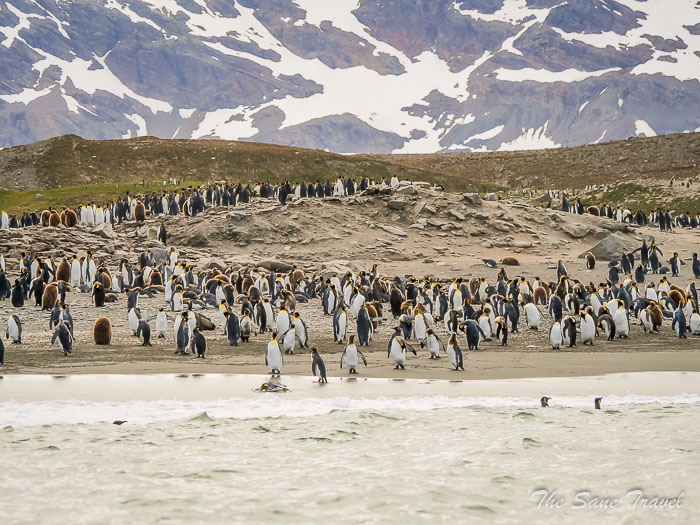
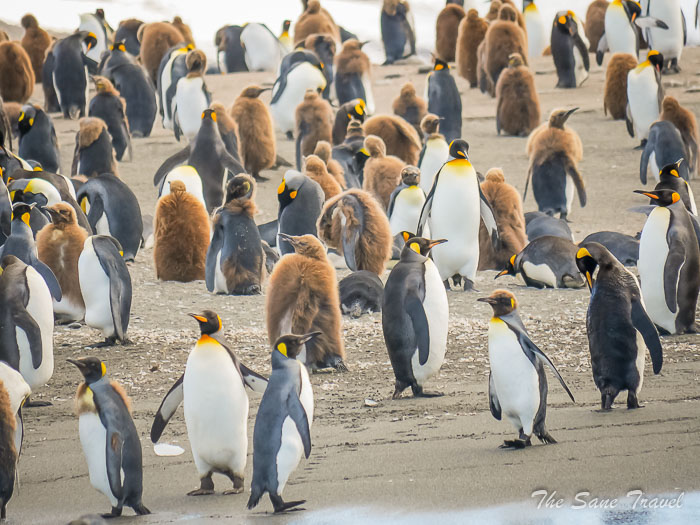
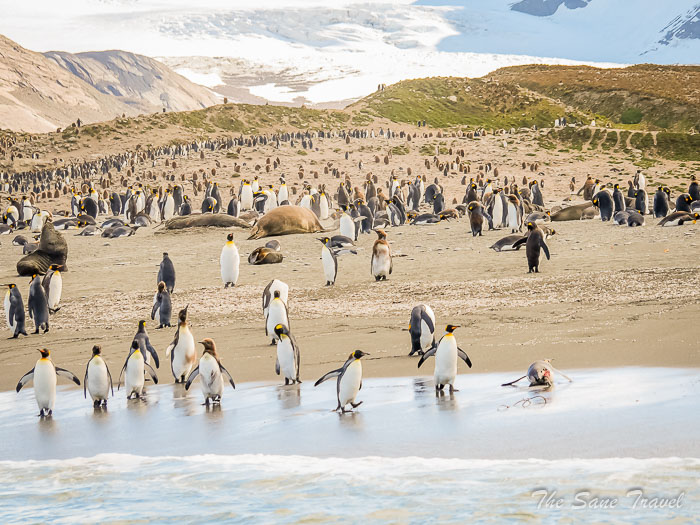
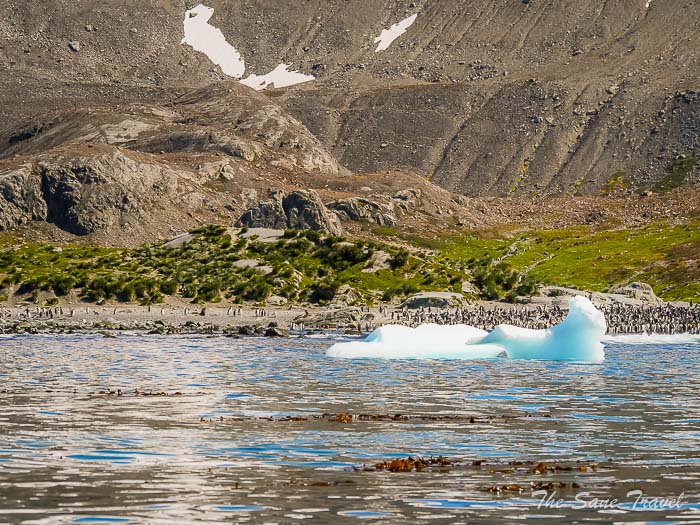
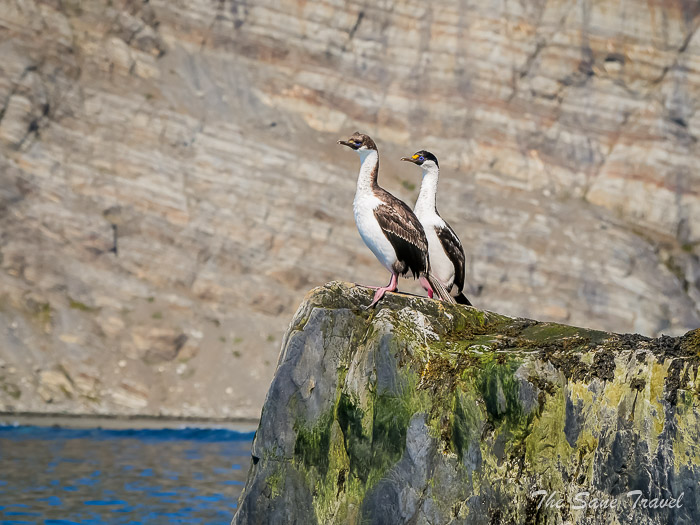
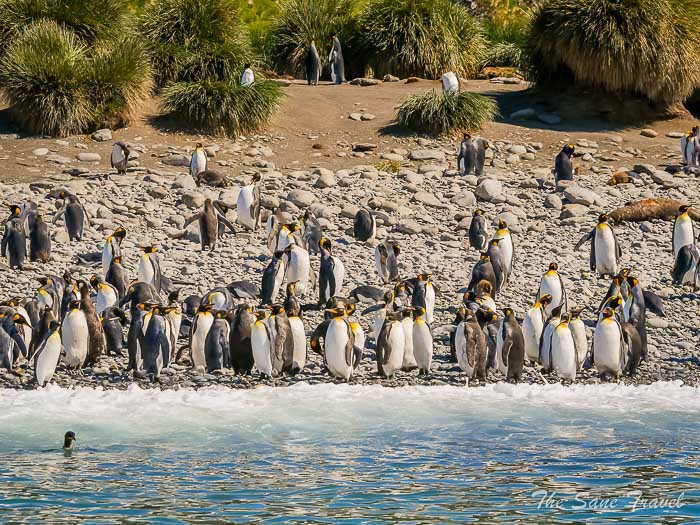
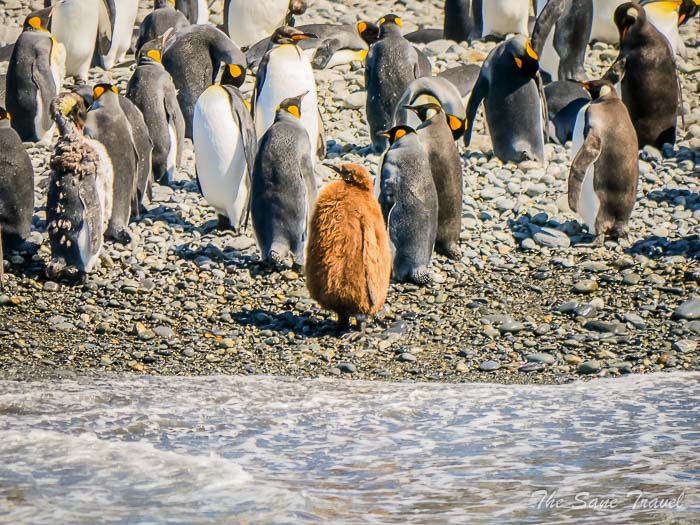
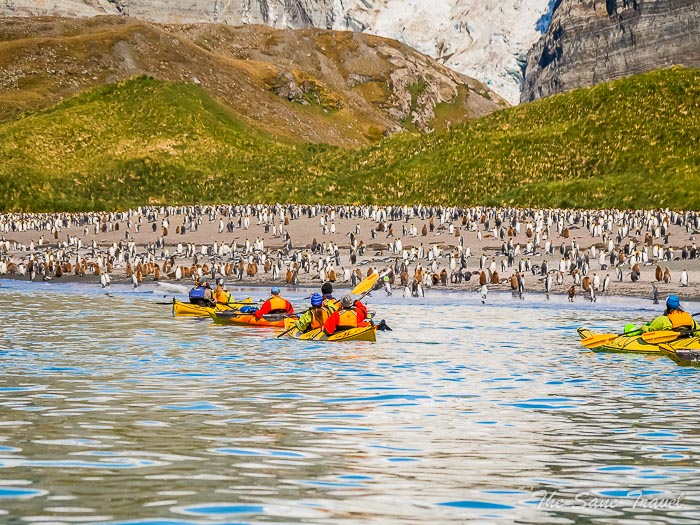
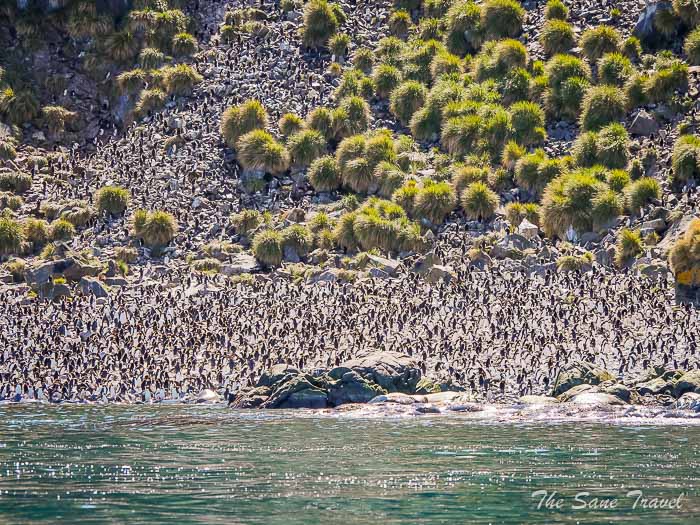
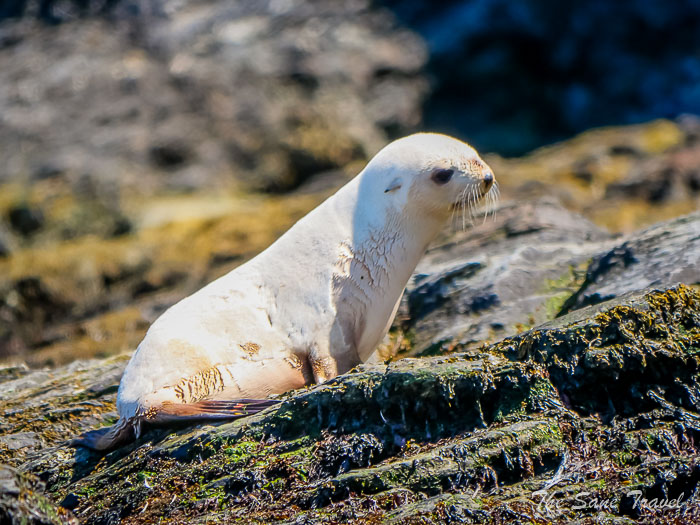
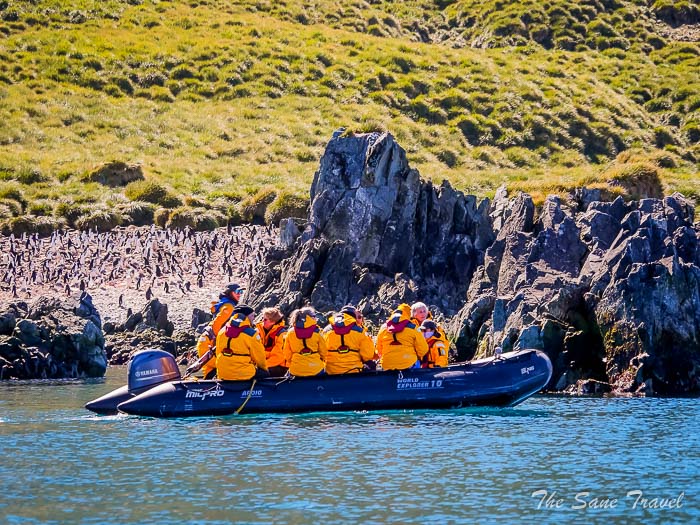
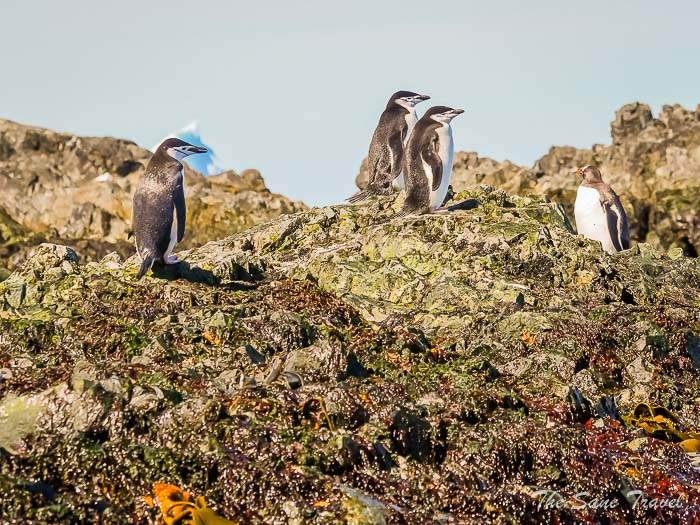
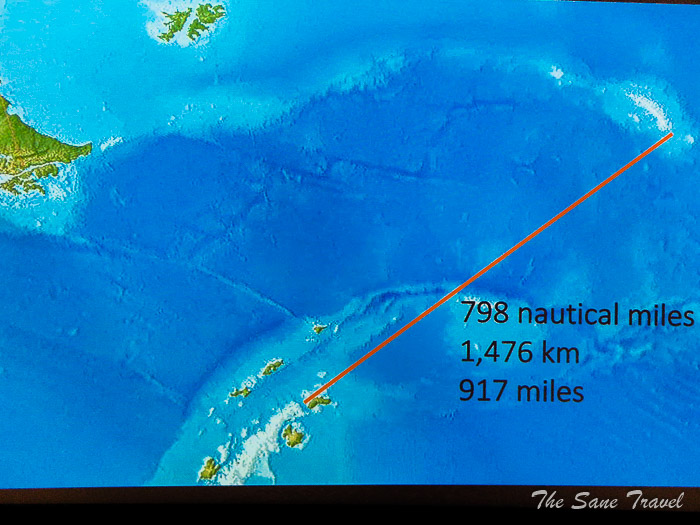

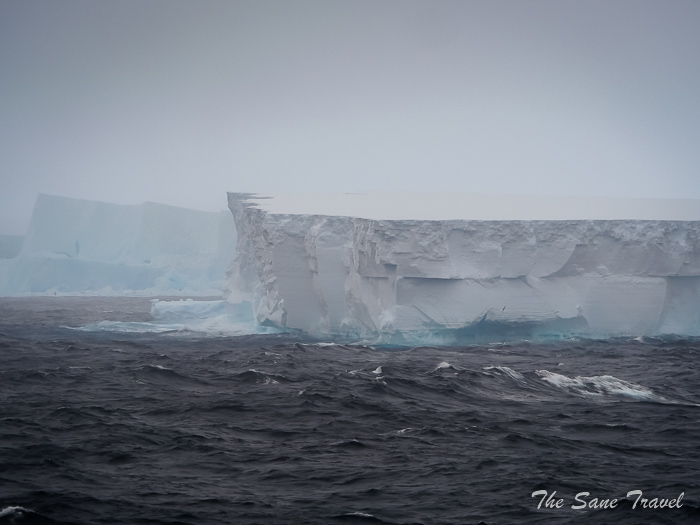
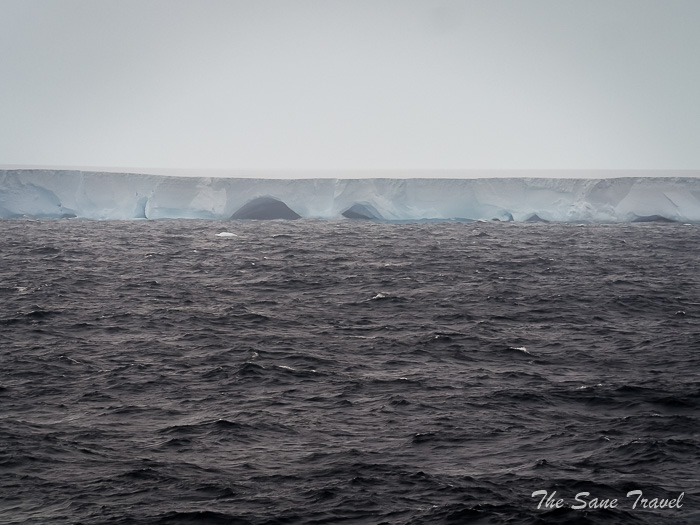
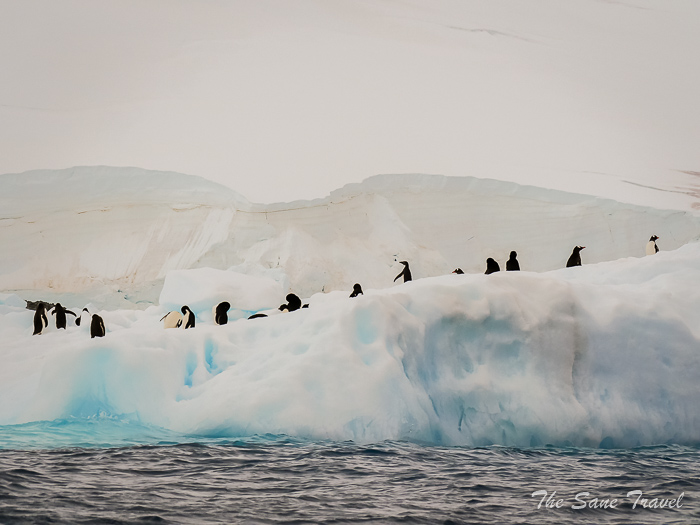
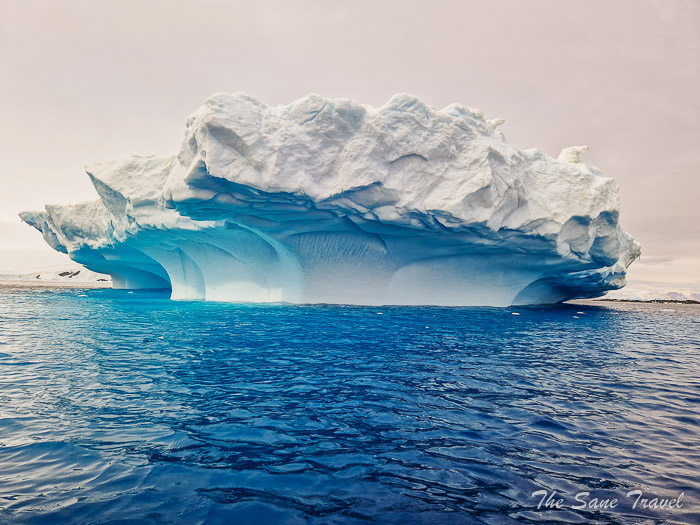

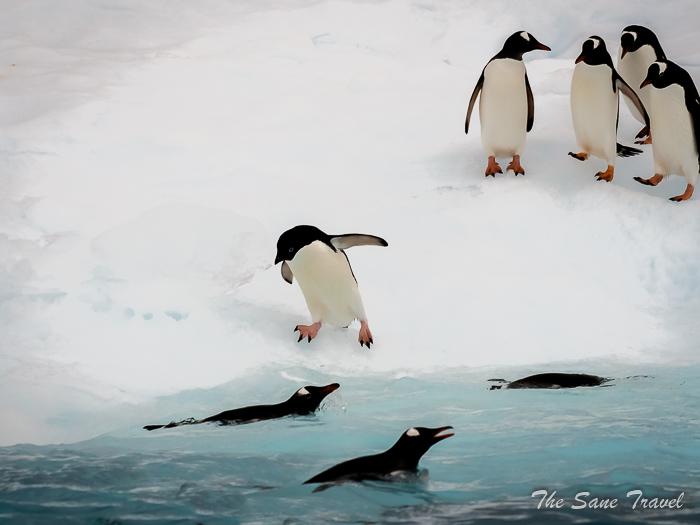
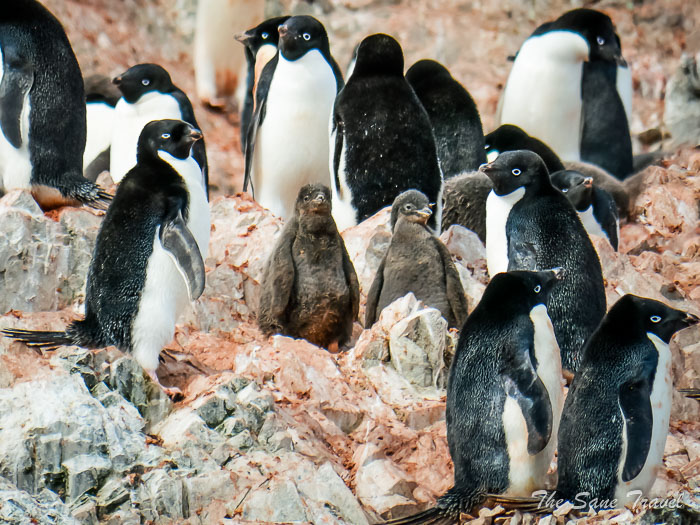


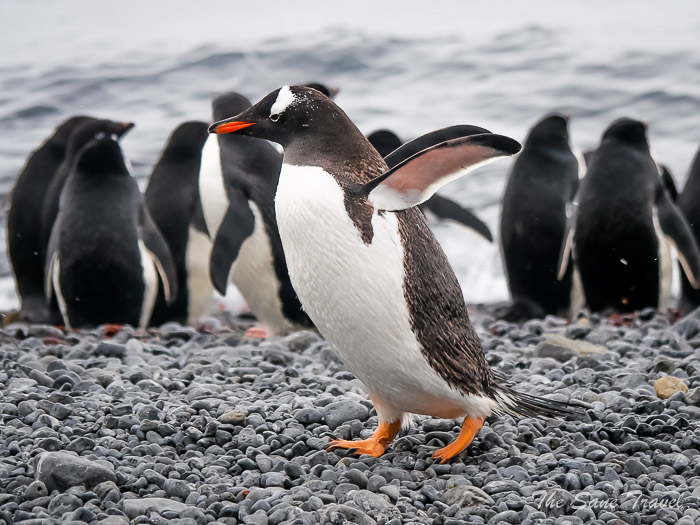

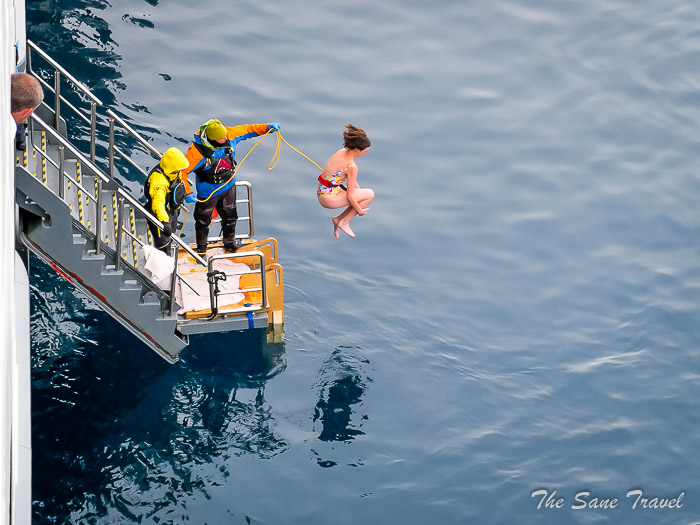
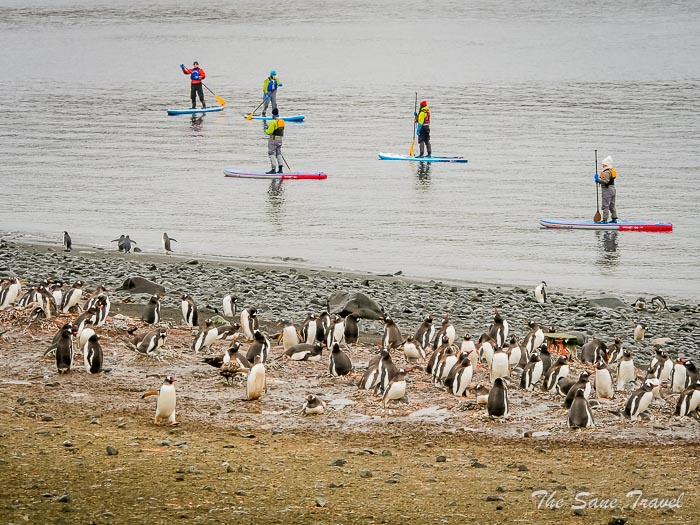
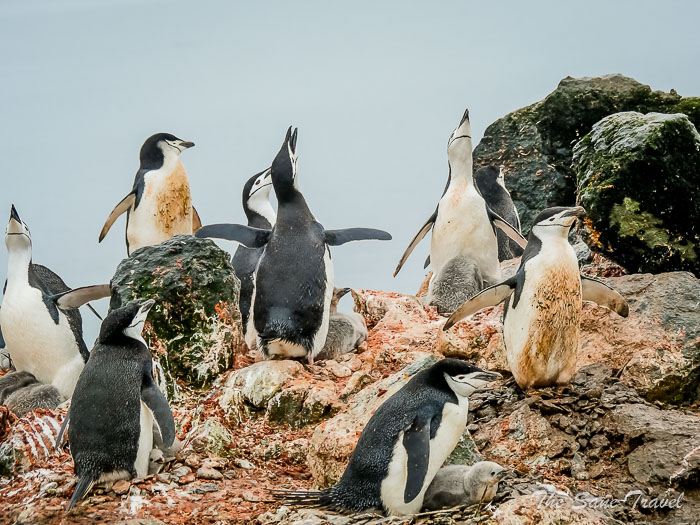
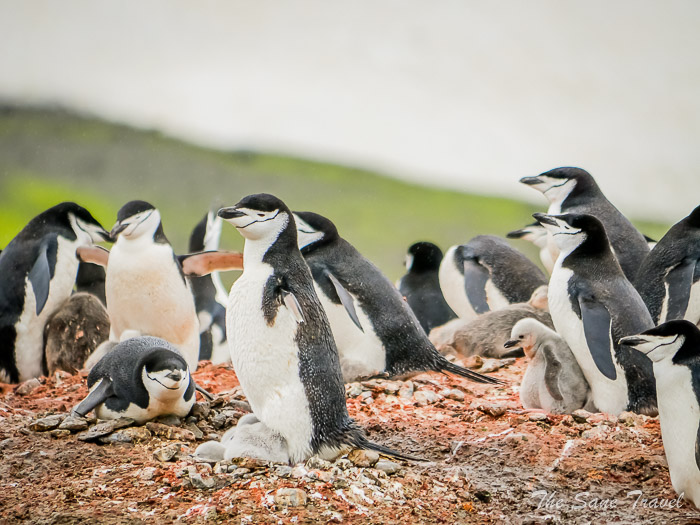
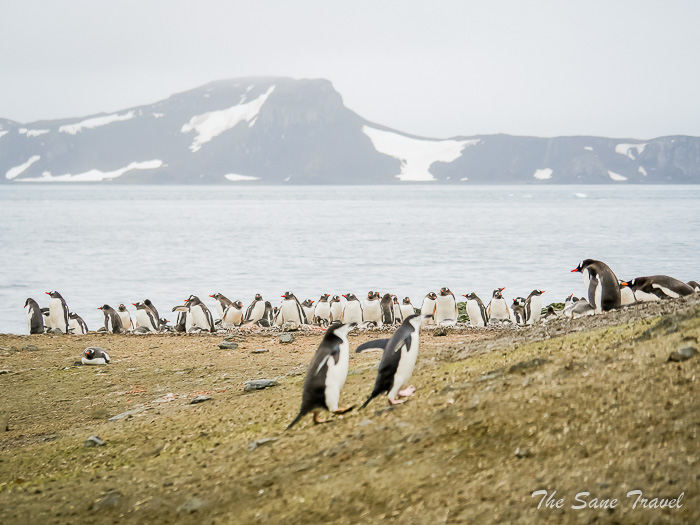
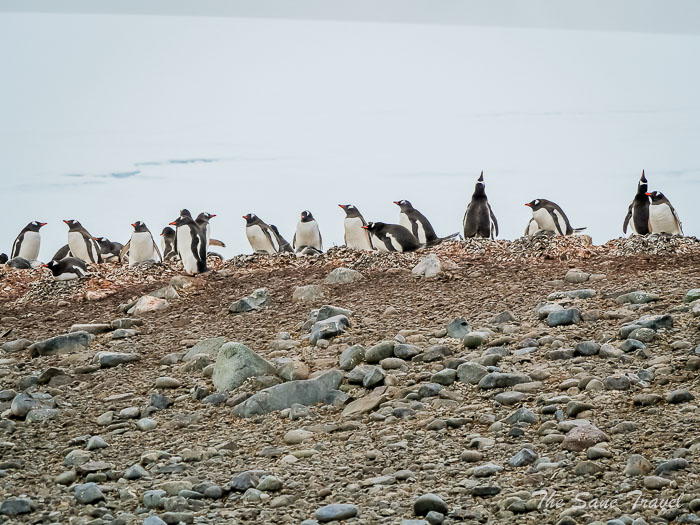
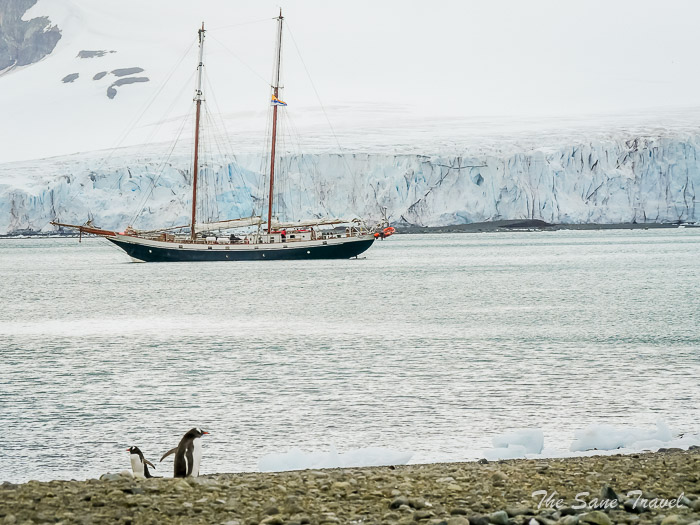
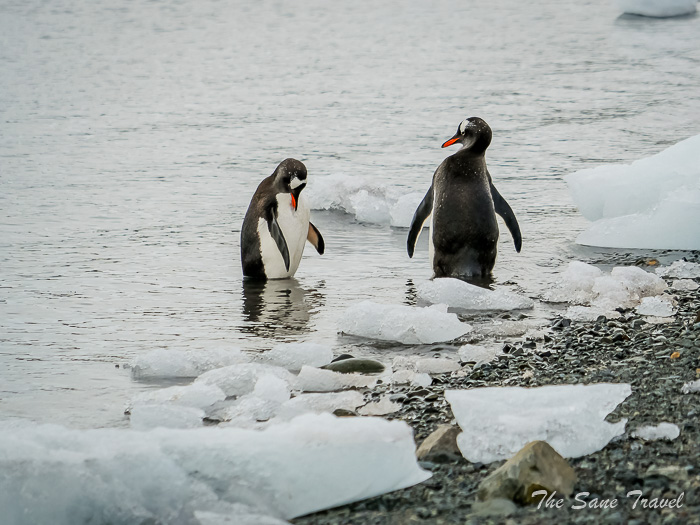
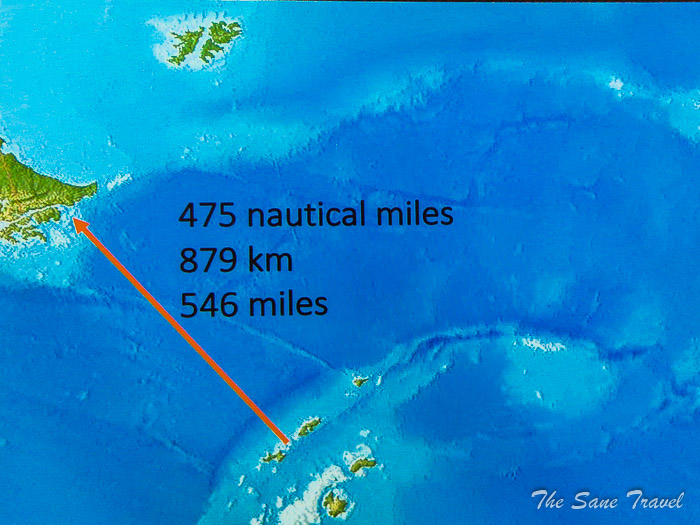
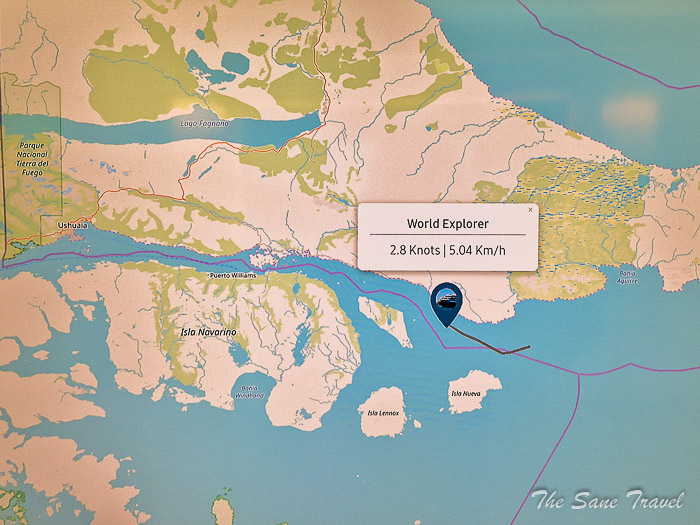
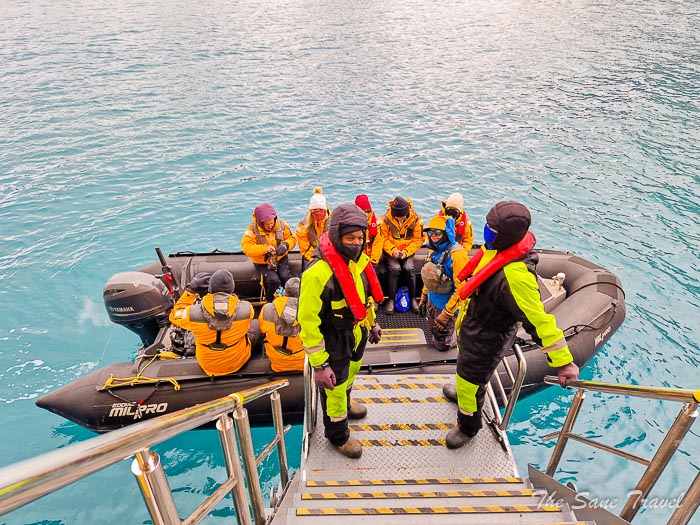
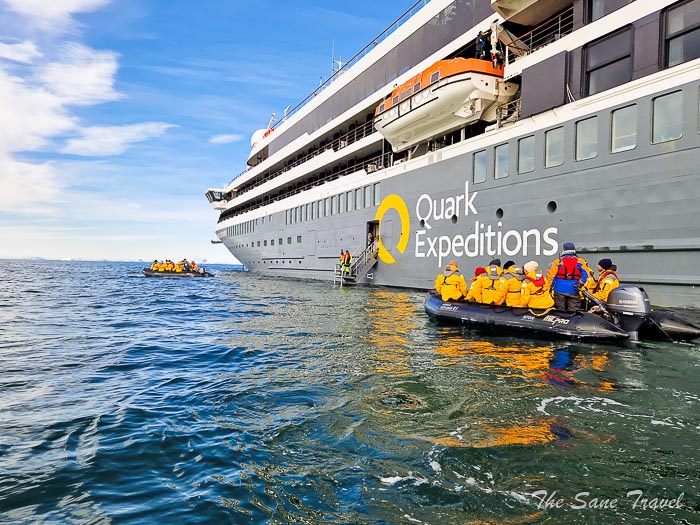



Report
My comments